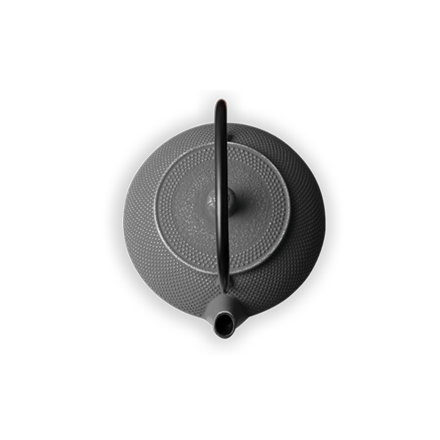Policy on Profit Distribution


Shareholder Returns
ITO EN considers the continuous return of profits to shareholders one of its most important management priorities. We have established stable profit distribution as the basis for our profit distribution policy, and thus provide a continuous stream of dividends.
To offer our shareholders a new yield commodity, in September 2007 we issued preferred stock (Class-A preferred stock) with the stipulation that it cannot be converted to common stock, becoming the only listed company issuing such shares in Japan. The background for setting a dividend for preferred stock 25% higher than the dividend for common stock is the desire to offer individual investors a familiar yield commodity at a time when funds are flowing from savings to investments. We strive to satisfy expectations for shareholder returns as evidenced by our share-buyback program.
With regard to the policy of profit distribution, we will conduct, on an ongoing basis, forming the foundation for stable profit distribution. We utilize internal reserves for purposes such as investment for corporate value enhancement, strive to increase corporate value―that is, shareholders’ investment value―and intend to actively return profits to investors through future business development.
In our efforts to achieve these goals, we look forward to continuing to earn the trust and support of our shareholders.
Dividend and Payout Ratio per Share
( yen / % )
- Common Stock
- Preferred Stock
- Total Return Ratio
[ FY 2024 ]
- Common Stock
- 44
- Preferred Stock
- 56
- Total Return Ratio
- 144.0%
Preferred Stock Information
Preferred stock can receive dividends of profits preferentially compared to common stock.
| Class-A Preferred Stock | Common Stock | |
|---|---|---|
| Stock listing category | Tokyo Stock Exchange, Prime Market | |
| Security code | 25935 | 2593 |
| Voting rights | None (Note 1) | Available |
| Dividends | Preferred dividend Amount of common dividend ×125% (Note 2) Any accrued amount is accumulated. | Common dividend Not accumulated |
| Right to receive distributions of residual assets | Equal with common stock (Note 3) | |
| Conversion rights into common stock | No conversion right based on shareholder’s intention (Note 4) | |
| Share unit | 100 shares | |
| Shareholder special benefit plan | Available | |
- (Note 1)
- In some cases, voting rights are available.
- (Note 2)
- The first decimal place is rounded up to the nearest whole number. The lower limit is 15 yen. Even when no dividend is paid for common stock, 15 yen per share is paid for preferred stock.
- (Note 3)
- If any accrued amount is accumulated, the shortfall in the payment is paid to the shareholders of preferred stock before the payment for common stock.
- (Note 4)
- In the specific cases shown below, the Company may obtain preferred stock in exchange for common stock at the ratio of 1:1.
[Specific cases]
1. Merger in which the Company becomes an extinct company and share exchange and share transfer in which the Company becomes a wholly owned subsidiary (except those implemented by the Company alone).
2. When, due to a tender offer for the Company’s common stock, the shareholding ratio of the tender offeror exceeds 50%.
3. When the listing of the preferred stock of the Company is abolished.
